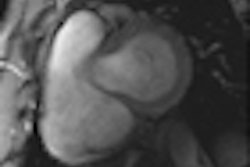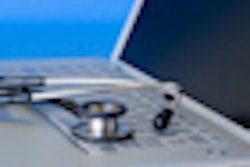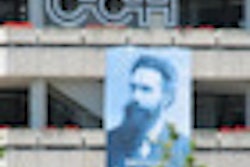Dear MRI Insider,
Will ultrahigh-field MRI at 7 tesla eventually replace standard imaging at 1.5 to 3.0 tesla within the next 10 years? This question probably divides the global MRI community more than any other. If you were to ask a cross section of modality specialists for an answer, you're virtually guaranteed to get a totally diverse set of replies.
One person with very few doubts, however, is Dr. Thoralf Niendorf, PhD, from Berlin. For his latest thinking on the benefits and clinical potential of ultrahigh-field MR, go to our MRI Digital Community, or click here.
Growing numbers of people are turning to the Internet for training and education about MRI. There's now a wide range of online resources to choose from, as staff writer Rebekah Moan discovered. Read her story here.
New advances in MRI featured prominently at the German Radiological Society's annual meeting, the DRK, held in Hamburg a fortnight ago. Make sure you don't miss our two important news reports from the DRK about the latest developments in high-field MRI microscopy, as well as carotid plaque imaging in stroke.
MR elastography measures the properties of tissues through low-frequency waves that induce stress, and it can help distinguish between malignant and benign liver tumors. Researchers from Paris now think the modality can be used to evaluate the shear properties of the tissues. To find out more, click here.
Researchers from a top London hospital have compiled an overview of the imaging appearances of gynecological emergencies in nonpregnant patients, and they found MRI is particularly useful for identifying the site of origin of large pelvic masses such as torsion. Click here to learn more about their experiences.
Pacemakers and MRI remains a hot topic, and new guidance has been issued in this controversial area. Get the story here.




















